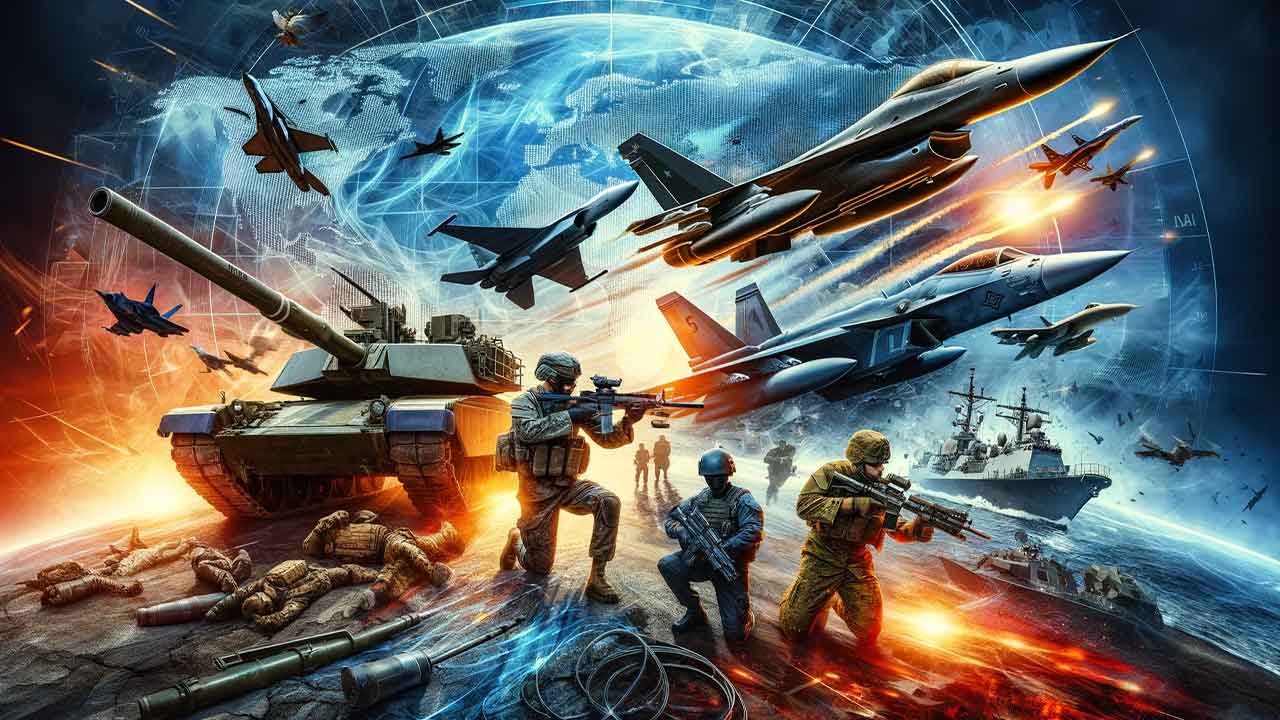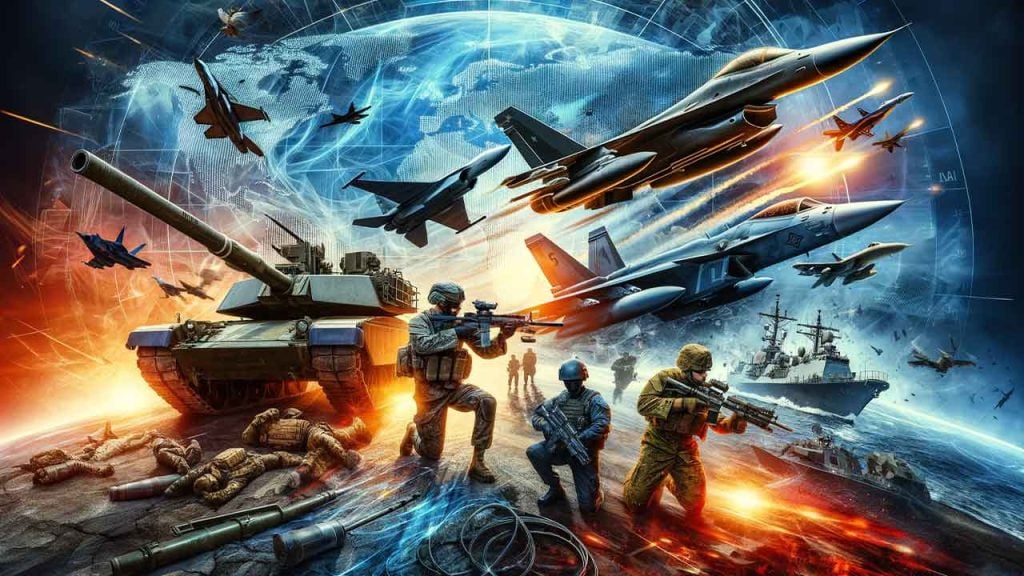In an era defined by global uncertainties and evolving security challenges, the world’s most powerful military forces stand as bulwarks of stability and deterrence. These nations, endowed with formidable defense capabilities, wield significant influence on the international stage, shaping the geopolitical landscape through their strategic might. As we approach 2024, a comprehensive analysis of the top 10 countries with the most powerful military forces has emerged, shedding light on the intricate dynamics of modern warfare and the shifting balance of global power.
Assessing Military Strength: The Global Firepower Ranking System
The Global Firepower (GFP) index, a renowned authority in the defense sector, has meticulously evaluated 145 countries worldwide, analyzing over 60 individual factors to determine their military prowess. This comprehensive assessment considers a wide range of elements, including manpower, military equipment, financial resources, geographic location, and available natural resources, among others. By applying a unique in-house formula, the GFP ranking system levels the playing field, allowing smaller, technologically advanced nations to compete alongside larger, less-developed powers.
The Top 10 Most Powerful Military Forces in the World in 2024
1. United States of America
Securing the top position, the United States boasts the world’s most formidable military force, with a Power Index score of 0.0699. This dominant position is attributed to the country’s unparalleled capabilities across various domains, including finance, technology, and resources. The US military’s arsenal includes an impressive fleet of 13,300 aircraft, with 983 being attack helicopters, and a staggering defense budget of $876 billion, dwarfing the expenditures of other nations.

Technological Advancements and Strategic Advantages
The United States’ military supremacy is bolstered by its technological edge, particularly in the medical, aerospace, and computer/telecom sectors. This cutting-edge innovation, coupled with a robust logistical network and extensive global influence, solidifies the US’s position as the world’s preeminent military power.
Diverse Capabilities and Expansive Reach
Beyond its sheer firepower, the US military’s versatility and global reach are unmatched. The country’s strategic positioning, access to natural resources, and ability to project power worldwide contribute to its overwhelming military dominance.
2. Russia
Trailing closely behind the United States, Russia secures the second spot with a Power Index score of 0.0702. Despite the challenges it has faced during the ongoing Russo-Ukrainian conflict, Russia’s military heritage and continuous efforts to enhance its capabilities have maintained its status as a global military powerhouse.
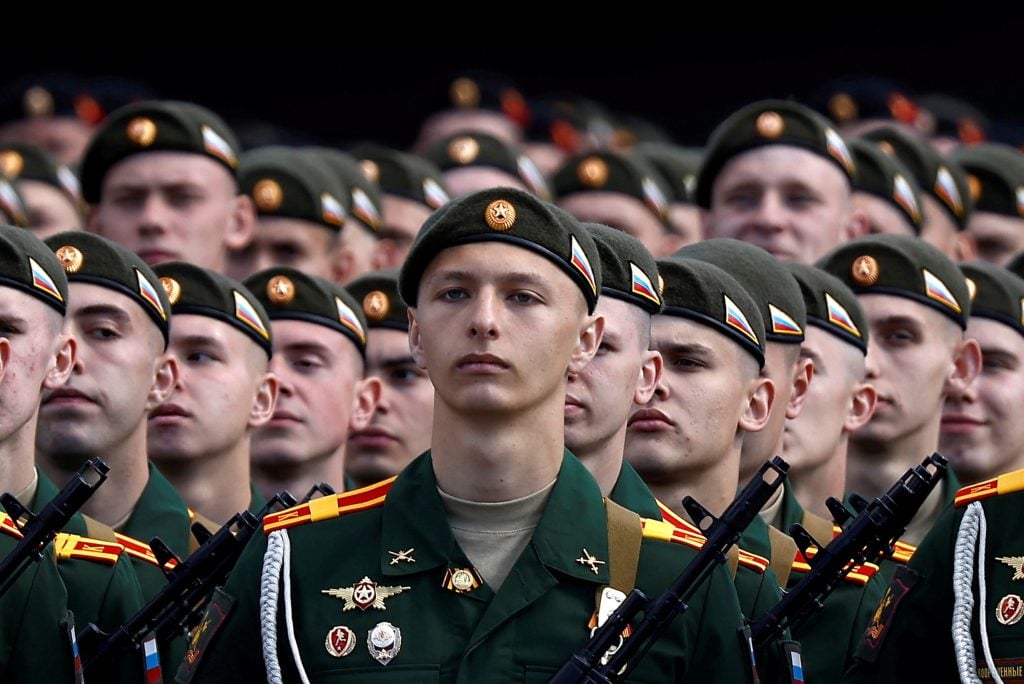
Technological Advancements and Strategic Influence
Russia’s military strength is underpinned by its advanced technology and strategic global influence. The country’s arsenal includes a formidable fleet of approximately 4,100 aircraft, showcasing its air superiority. Additionally, Russia’s substantial naval resources and well-trained military personnel contribute to its formidable military prowess.
Overcoming Logistical Challenges
While the Russo-Ukrainian War has exposed certain logistical shortcomings within the Russian military, the country’s resilience and adaptability have enabled it to maintain its position among the world’s most powerful armed forces.
3. China
Ranked third with a Power Index score of 0.0706, China’s military might is a testament to its economic rise and strategic investments in defense. As the world’s second-largest economy, China has channeled substantial resources into bolstering its naval, air, and land warfare capabilities, primarily through domestic sources.
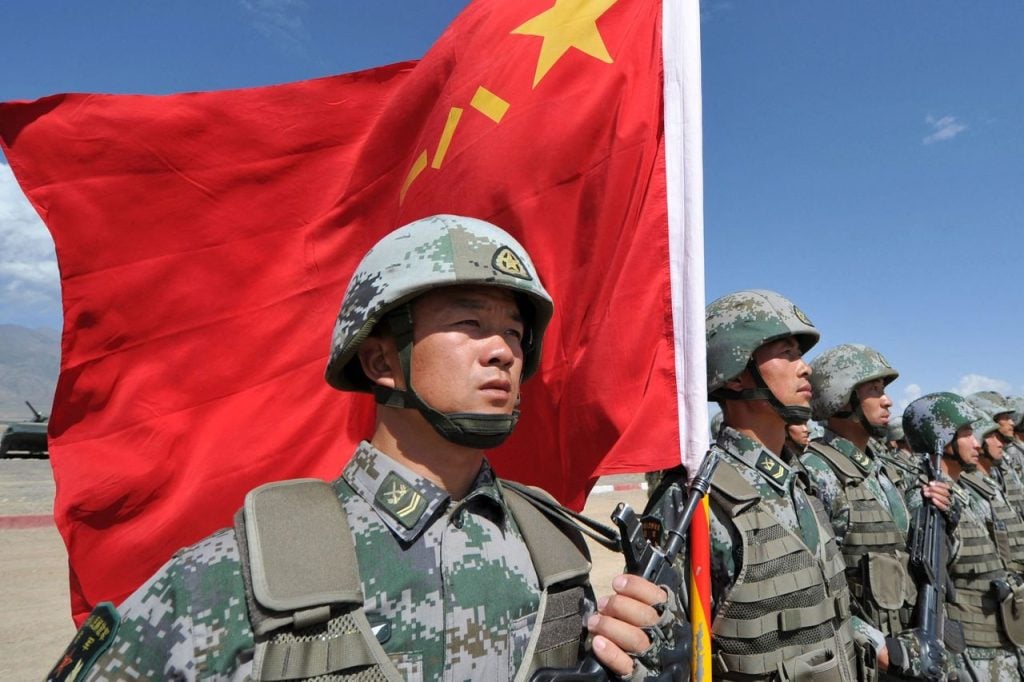
Comprehensive Military Modernization
China’s military modernization efforts have been comprehensive, encompassing the development of advanced weapon systems, the expansion of its naval and air forces, and the enhancement of its land warfare capabilities. This multifaceted approach has solidified China’s position as a formidable military power on the global stage.
Leveraging Domestic Resources and Manpower
China’s vast population and the government’s ability to mobilize its domestic resources provide the country with a significant advantage in terms of military manpower and industrial capacity. This, combined with China’s strategic geographical location and growing international influence, contributes to its formidable military standing.
4. India
Occupying the fourth position with a Power Index score of 0.1023, India’s military might is a reflection of its rich defense heritage and its ongoing efforts to modernize and strengthen its armed forces.
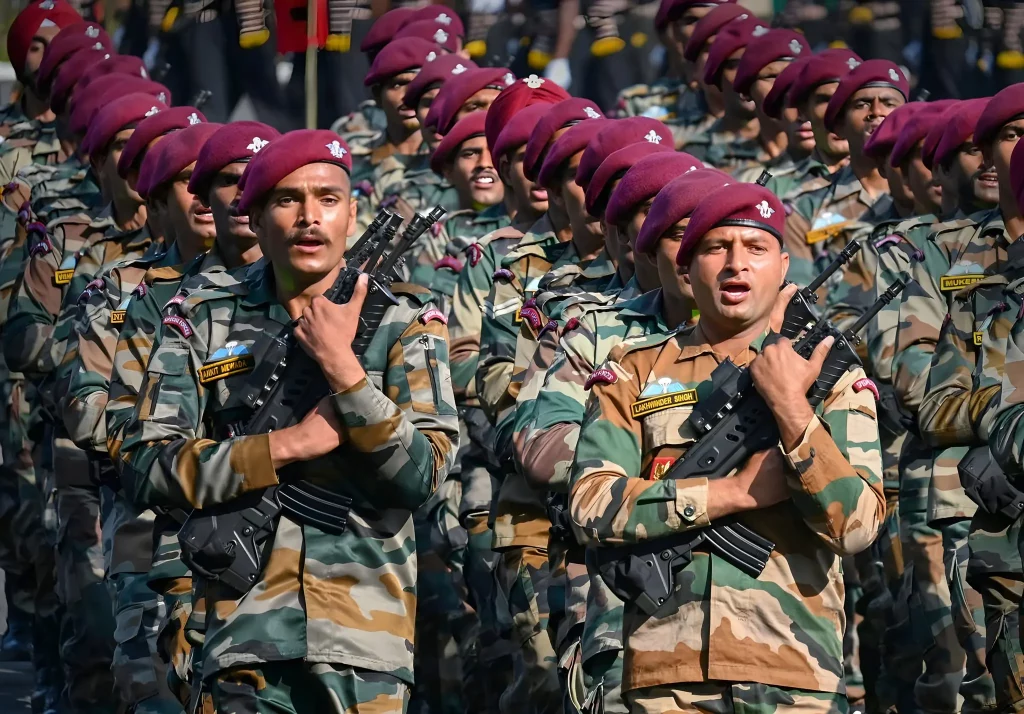
Expansive Manpower and Diverse Capabilities
India’s large population, coupled with its efficient domestic military-industrial complex, enables the country to maintain one of the world’s largest active-duty militaries, with over 5 million personnel. Additionally, India’s diverse military capabilities, including a robust air force, a formidable naval fleet, and a well-equipped land force, contribute to its impressive military prowess.
Technological Advancements and Indigenous Development
India’s military modernization efforts have focused on enhancing its technological capabilities, with a growing emphasis on indigenous defense production. This drive for self-reliance in the defense sector has enabled India to develop advanced weapon systems and reduce its reliance on foreign imports.
5. South Korea
Ranked fifth with a Power Index score of 0.1416, South Korea’s military strength is a testament to its unwavering commitment to national security, fueled by its longstanding tensions with North Korea.
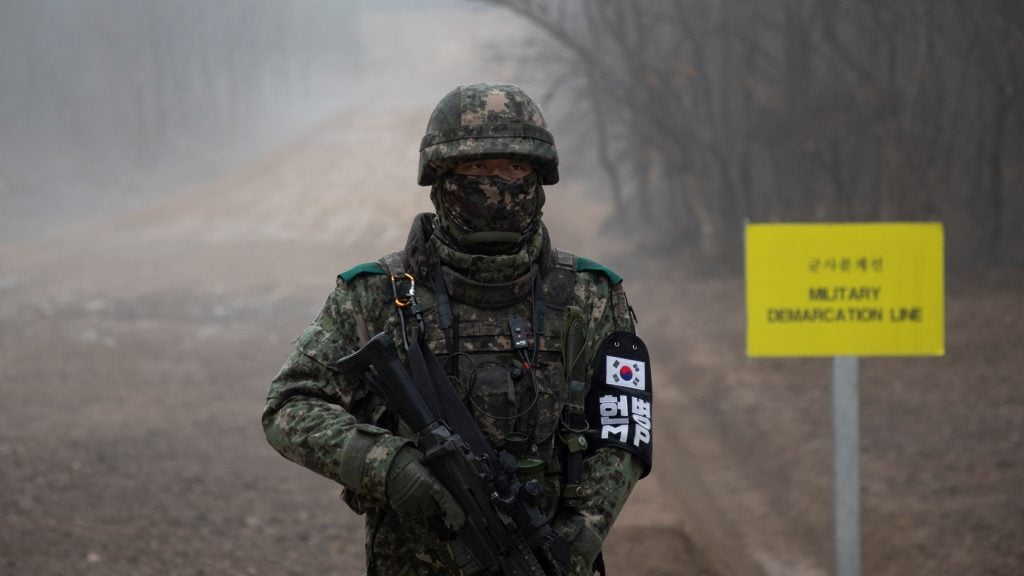
Specialized Military Assets and Capabilities
South Korea’s military boasts impressive specialized assets, including a formidable fleet of over 133,000 vehicles and 739 helicopters, 112 of which are attack helicopters. This specialized arsenal, coupled with advanced air defense systems and a robust naval presence, contributes to South Korea’s military dominance in the region.
Technological Superiority and Operational Readiness
South Korea’s military is renowned for its technological superiority and operational readiness. The country’s investment in cutting-edge defense technologies, such as advanced aerial and naval platforms, has strengthened its overall military capabilities.
6. United Kingdom
Securing the sixth position with a Power Index score of 0.1443, the United Kingdom’s military prowess is underpinned by its strategic geographical location, financial resources, and well-trained personnel.
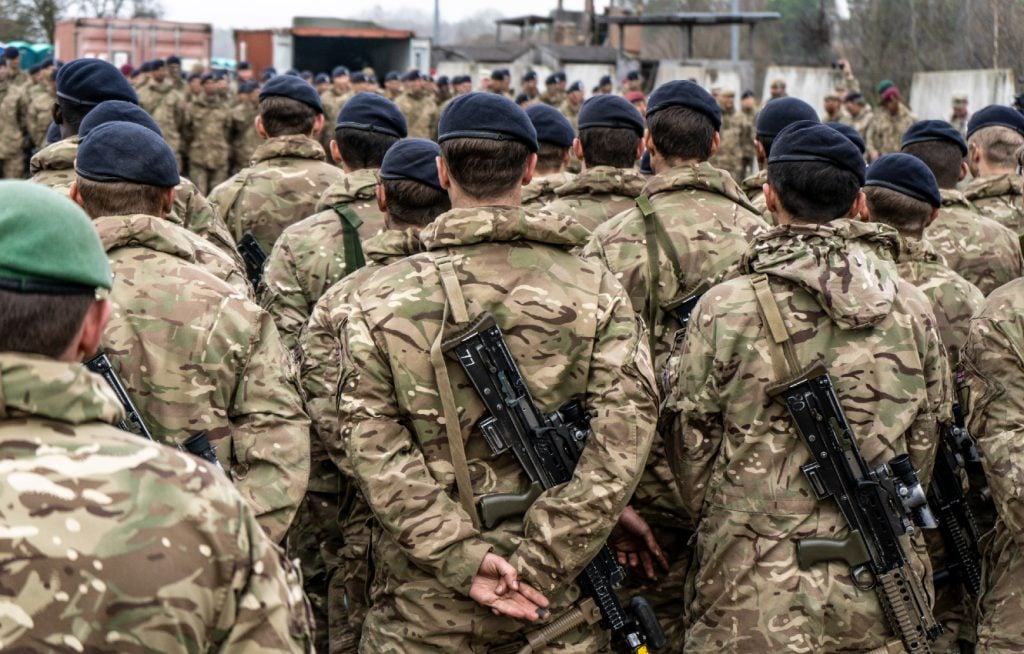
Logistical Efficiency and Maritime Capabilities
The UK’s military strength is bolstered by its logistical efficiency, including its extensive network of operational ports and a robust aerial tanker aircraft fleet. Additionally, the country’s naval capabilities, with assets such as aircraft carriers and destroyers, contribute to its formidable military presence.
Global Influence and Collaborative Efforts
The United Kingdom’s military influence extends beyond its borders, with the country playing a significant role in international defense organizations and collaborative efforts. This global engagement and the UK’s ability to project power worldwide are key factors in its high military ranking.
7. Japan
Ranked seventh with a Power Index score of 0.1601, Japan’s military force is characterized by its technological sophistication, strategic maritime advantages, and a well-trained, versatile personnel.
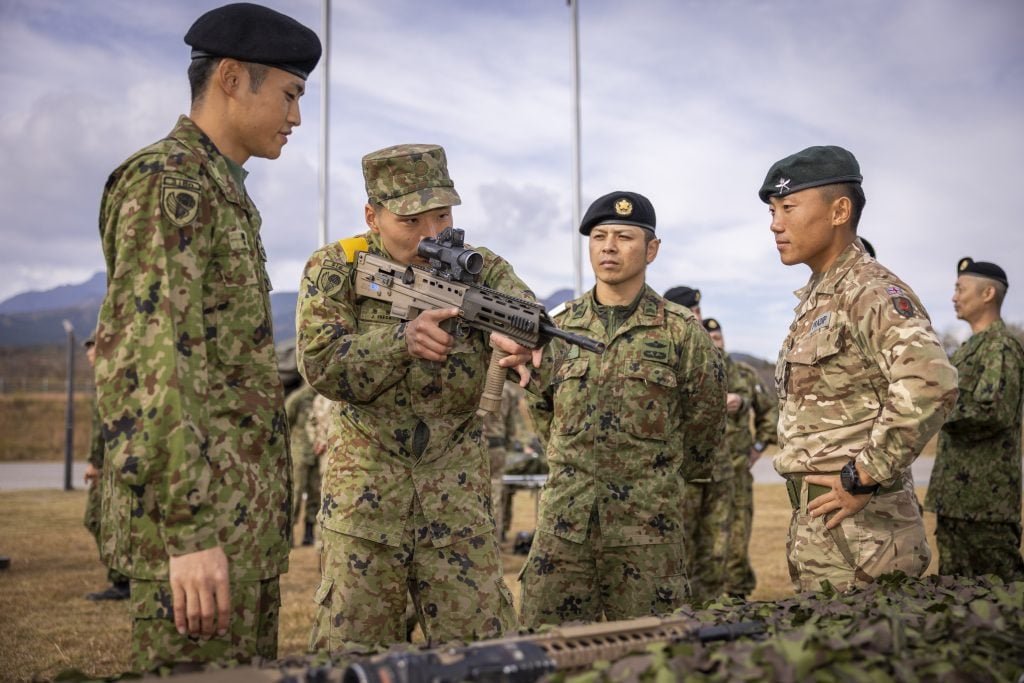
Specialized Naval and Air Capabilities
Japan’s military strength is particularly notable in its naval and air capabilities. The country boasts a fleet of four helicopter carriers, the second-largest such fleet globally, and a substantial number of advanced aircraft, including cutting-edge fighter jets and aerial tankers.
Commitment to Security and Collaborative Efforts
Japan’s military focus is primarily on maintaining domestic security and contributing to international peacekeeping and humanitarian efforts. The country’s strategic location and its collaborative ties with regional and global partners further bolster its military standing.
8. Türkiye (Turkey)
Entering the top 10 at the eighth position with a Power Index score of 0.1697, Türkiye’s military strength is rooted in its strategic geographical location, NATO membership, and indigenous defense industry developments.
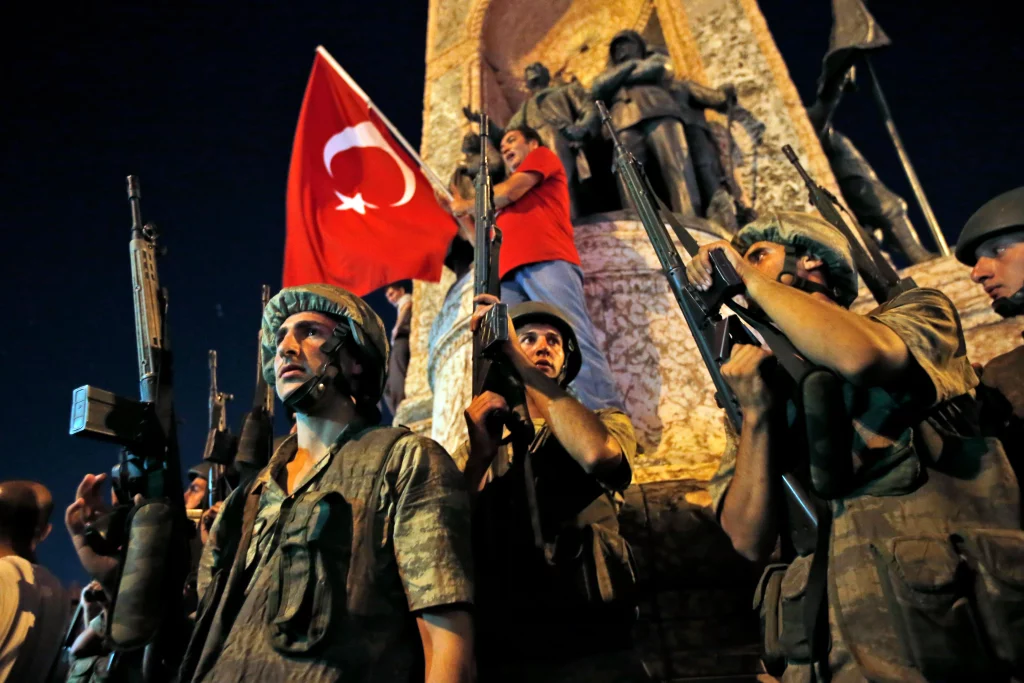
Geopolitical Significance and NATO Partnerships
Türkiye’s position as a gateway between Europe and Asia, combined with its active membership in NATO, grants the country significant geopolitical influence. The country’s military cooperation with NATO allies and its growing domestic defense capabilities contribute to its rising military prominence.
Indigenous Defense Industry and Modernization Efforts
Türkiye has been actively investing in its indigenous defense industry, reducing its reliance on foreign arms suppliers and pursuing over 700 defense projects. This focus on self-reliance and military modernization has strengthened Türkiye’s overall military capabilities.
9. Pakistan
Surging into the top 10 at the ninth position with a Power Index score of 0.1711, Pakistan’s military prowess is a reflection of its strategic location, natural resources, and ongoing efforts to enhance its defense capabilities.
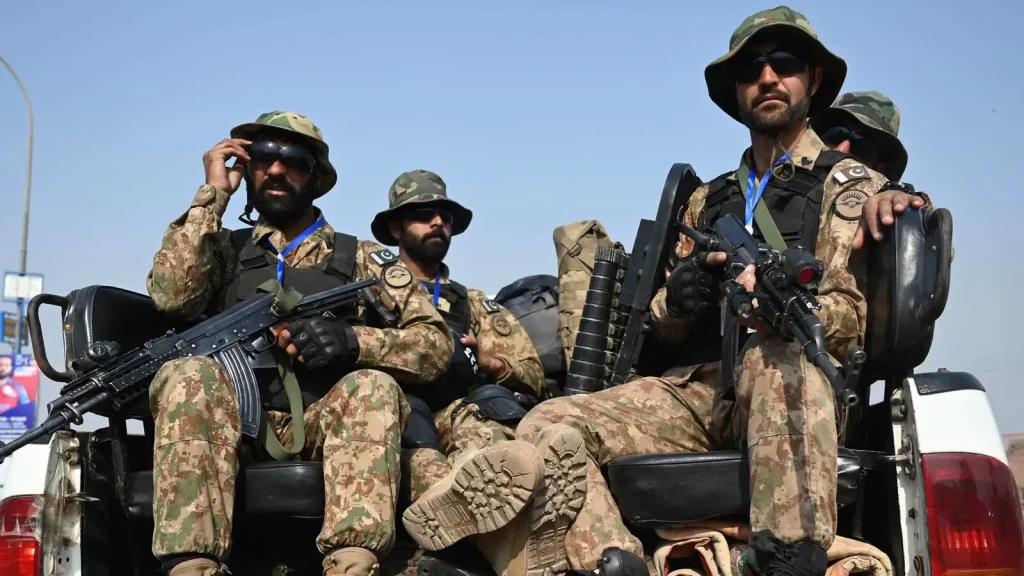
Expansive Manpower and Diverse Military Assets
Pakistan boasts a substantial military force, with over 1.7 million active personnel and a diverse arsenal that includes 3,700 tanks, 1,400 military aircraft, and 9 operational submarines. This comprehensive military infrastructure, combined with the country’s strategic geographical positioning, contributes to its formidable military standing.
Emphasis on Indigenous Development and Partnerships
Pakistan has been actively pursuing the development of its indigenous defense industry, reducing its reliance on foreign arms suppliers. Additionally, the country’s strategic partnerships, particularly with China, have further bolstered its military capabilities.
10. Italy
Rounding out the top 10 with a Power Index score of 0.1863, Italy’s military strength is characterized by its specialized assets, including a robust fleet of aerial tanker aircraft, a substantial helicopter force, and the possession of multiple aircraft carrier warships.
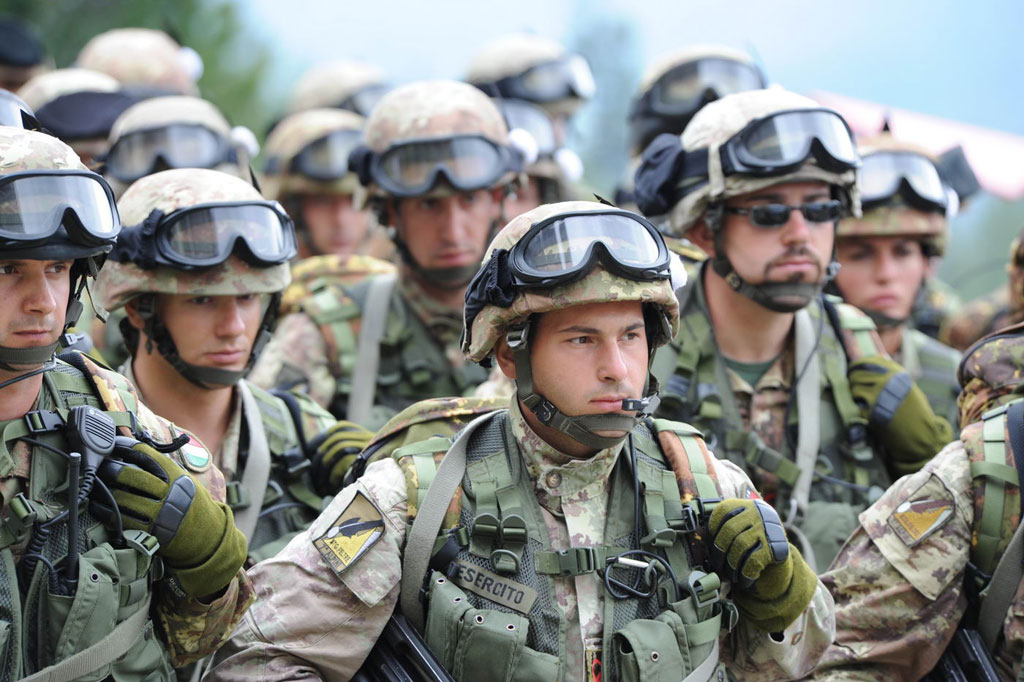
Specialized Military Capabilities and Assets
Italy’s military prowess is highlighted by its impressive aerial tanker aircraft fleet, its substantial total helicopter strength (including 58 attack helicopters), and the country’s ownership of multiple aircraft carrier warships. These specialized capabilities contribute to Italy’s overall military standing.
Collaborative Efforts and Global Engagement
Italy’s military engagement extends beyond its borders, with the country actively participating in international peacekeeping missions and defense collaborations. This global involvement and the country’s ability to project power worldwide are key factors in its high military ranking.
Emerging Trends and Shifting Dynamics
The 2024 rankings of the world’s most powerful military forces reveal several emerging trends and shifting dynamics in the global defense landscape. The rise of nations like India, Pakistan, and Türkiye, coupled with the continued dominance of traditional military powerhouses like the United States, Russia, and China, underscores the evolving nature of modern warfare and the factors that contribute to a country’s military strength.
The Least Powerful Militaries in the World
While the top 10 countries boast formidable military capabilities, it is essential to acknowledge the diversity of military prowess across the globe. At the opposite end of the spectrum, the nations with the least powerful militaries in the world include Bhutan, Benin, Moldova, Somalia, and Liberia, among others. These countries often prioritize domestic stability and security over the pursuit of global military dominance, reflecting their unique geopolitical circumstances and resource constraints.
Conclusion
The unveiling of the top 10 countries with the most powerful military forces in the world for 2024 provides a comprehensive understanding of the global defense landscape. This analysis underscores the intricate interplay of factors that contribute to a nation’s military might, from technological advancements and strategic resources to geopolitical influence and collaborative efforts. As the world navigates an increasingly complex security environment, the military capabilities of these leading nations will continue to shape the global balance of power and influence international relations in the years to come.
